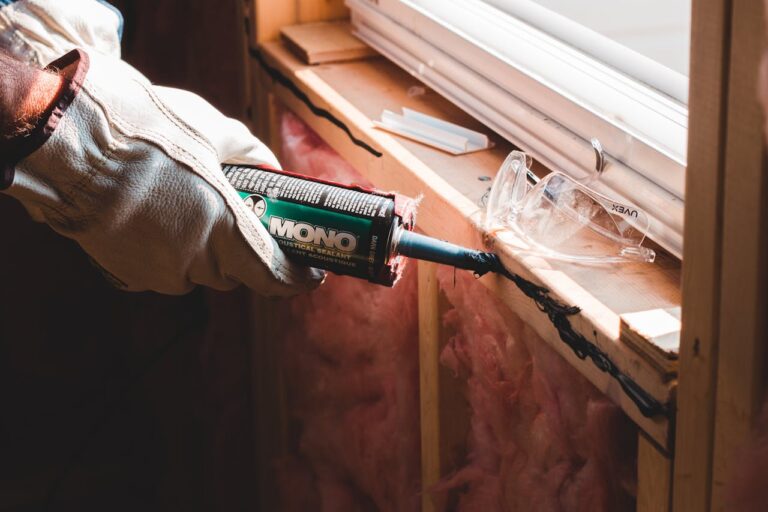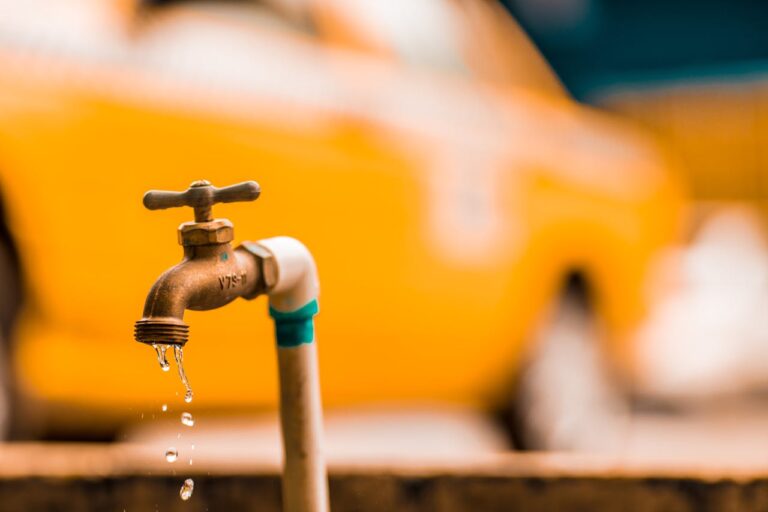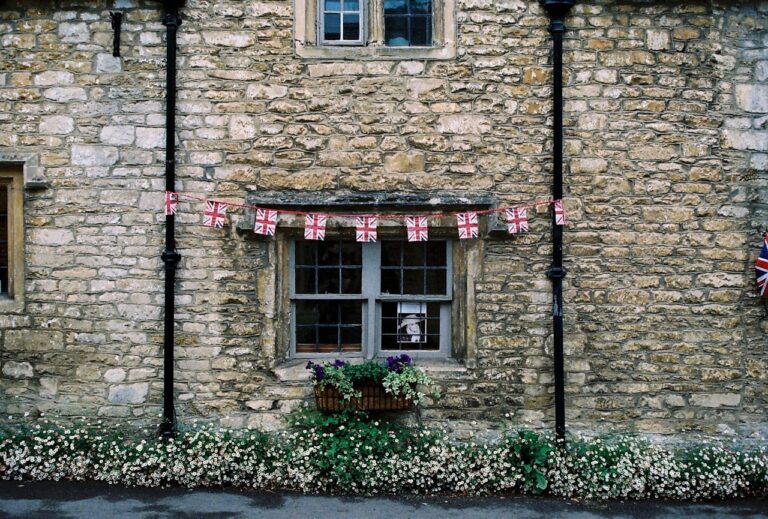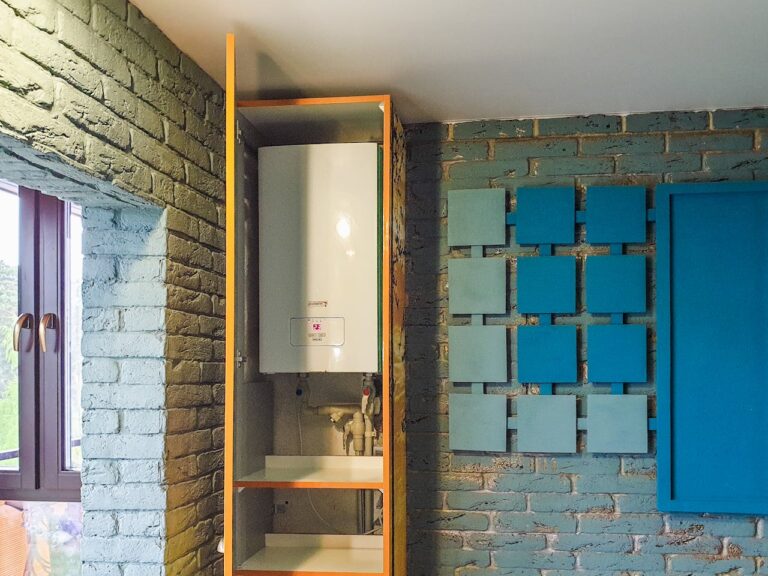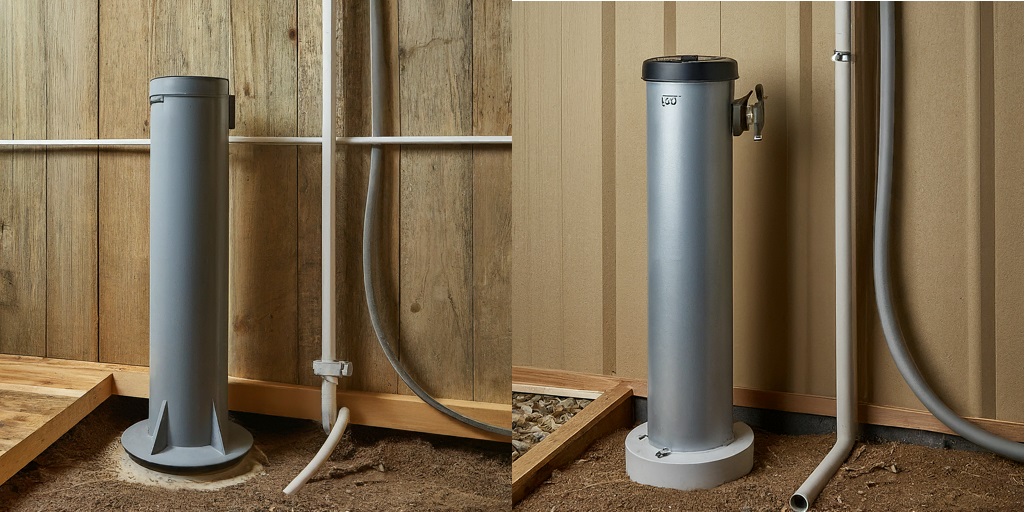
Sump pumps are essential for preventing basement flooding and maintaining a dry environment, but their operation can sometimes produce loud noises that disrupt household peace. Fortunately, there are several methods for soundproofing a sump pump to reduce noise levels and ensure a quieter home environment. In this comprehensive guide, we’ll explore the step-by-step process for effectively soundproofing a sump pump, providing you with the knowledge and techniques needed to minimize disruptions and enjoy a quieter home.
1. Identify the Source of Noise
Before soundproofing your sump pump, it’s essential to identify the primary sources of noise. Common sources include motor vibrations, water flow, and impact noise from moving parts. By pinpointing the source of the noise, you can determine the most effective soundproofing solutions for your sump pump.
Understanding the source of noise is the first step in developing an effective soundproofing strategy for your sump pump. Take the time to listen carefully to your sump pump’s operation, paying attention to the different types of sounds it produces. By identifying the specific sources of noise, you can tailor your soundproofing efforts to address them more effectively, resulting in a quieter and more peaceful home environment.
2. Install Anti-Vibration Pads
One of the most effective ways to reduce sump pump noise is by installing anti-vibration pads beneath the pump. These pads absorb vibrations generated by the pump’s motor, minimizing the transfer of noise to the surrounding environment. Simply place the pads beneath the sump pump and ensure they are securely in place to enjoy quieter operation.
Anti-vibration pads are a simple yet highly effective solution for reducing sump pump noise. These pads absorb vibrations generated by the pump’s motor, preventing them from being transmitted to the surrounding floor and walls. By installing anti-vibration pads beneath your sump pump, you can significantly reduce noise levels and enjoy a quieter home environment.
3. Insulate the Sump Pump Enclosure
If your sump pump is housed in an enclosure, consider adding insulation to dampen sound transmission. Foam insulation panels or acoustic blankets can be installed inside the enclosure to absorb noise and reduce reverberation. Ensure that the insulation is properly fitted and covers all interior surfaces of the enclosure for optimal soundproofing.
Insulating the sump pump enclosure is an effective way to further reduce noise levels and minimize disruptions in your home. Foam insulation panels or acoustic blankets can be easily installed inside the enclosure to absorb sound and prevent it from escaping into the surrounding environment. By properly insulating the enclosure, you can create a quieter space for your sump pump while maintaining its functionality and accessibility.
4. Consider Installing a Soundproof Cover
Consider installing a soundproof cover over the sump pump enclosure for additional soundproofing. These covers are specifically designed to minimize noise transmission and provide a barrier between the pump and the surrounding environment. Choose a cover that is compatible with your sump pump model and ensure it is properly installed for maximum effectiveness.
Soundproof covers offer an extra layer of protection against sump pump noise, providing a barrier between the pump and the surrounding environment. These covers are designed to minimize noise transmission and create a quieter home environment. By installing a soundproof cover over your sump pump enclosure, you can further reduce noise levels and enjoy a more peaceful living space.
5. Regular Maintenance
To ensure continued effectiveness, it’s essential to perform regular maintenance on your soundproofing materials and sump pump system. Inspect the anti-vibration pads, insulation, and soundproof cover periodically to check for signs of wear or damage. Replace any worn or damaged components promptly to maintain optimal soundproofing performance.
Regular maintenance is key to keeping your sump pump soundproofing system in top condition. Inspect the anti-vibration pads, insulation, and soundproof cover regularly to check for signs of wear or damage. Replace any worn or damaged components promptly to ensure continued effectiveness and minimize noise disruptions in your home.
Conclusion
Soundproofing your sump pump is an effective way to reduce noise levels and create a quieter home environment. By following the step-by-step process outlined in this guide, you can effectively soundproof your sump pump and enjoy a more peaceful living space free from disruptive noise.

